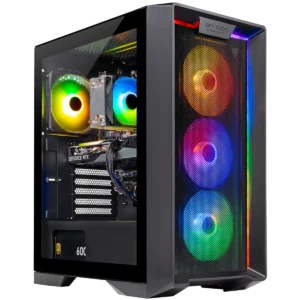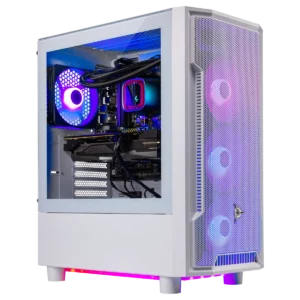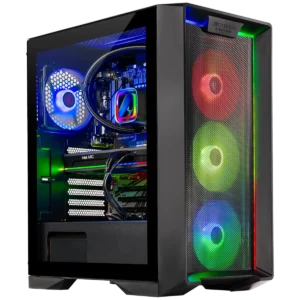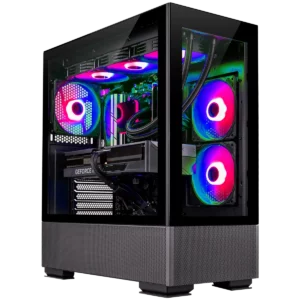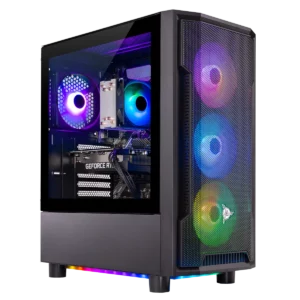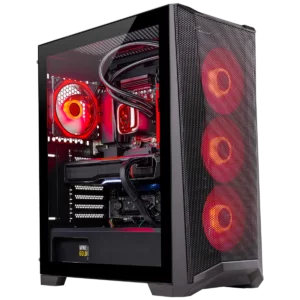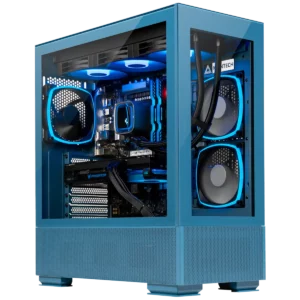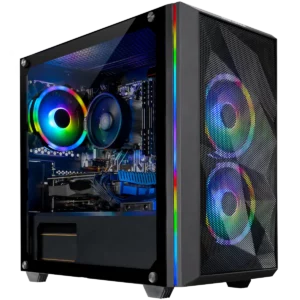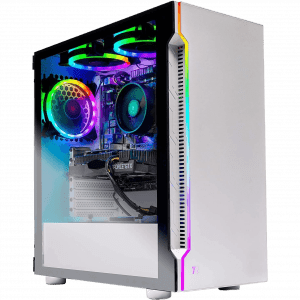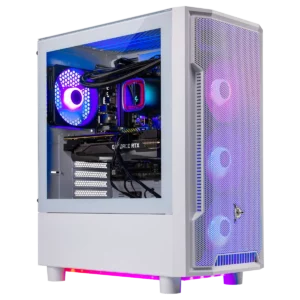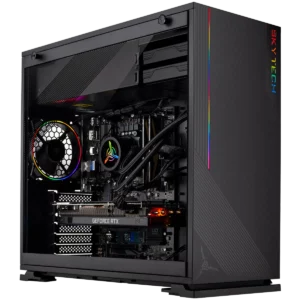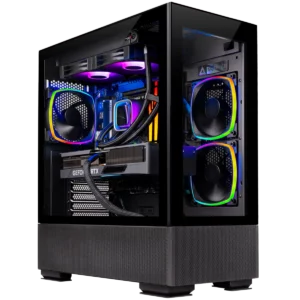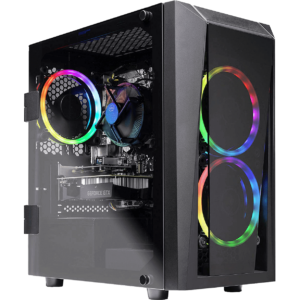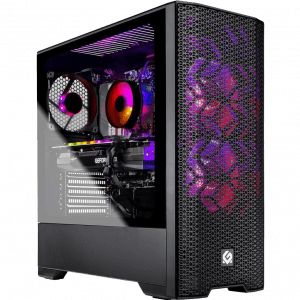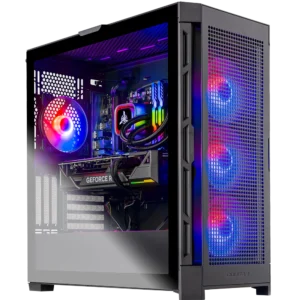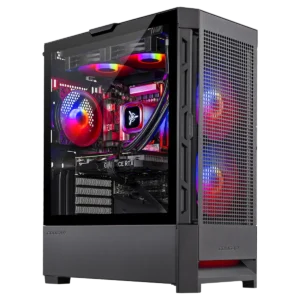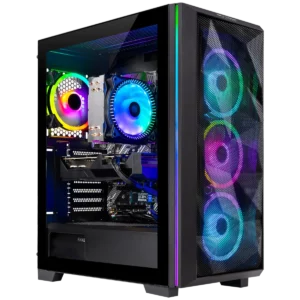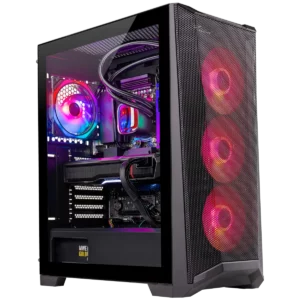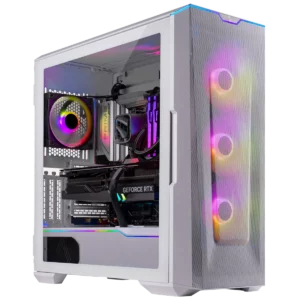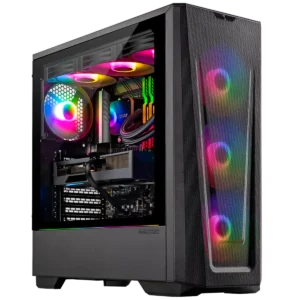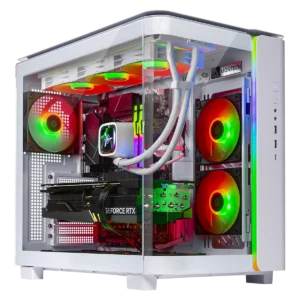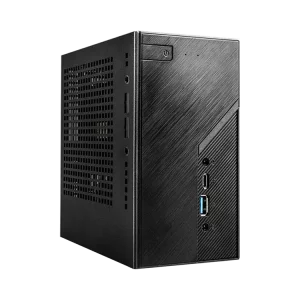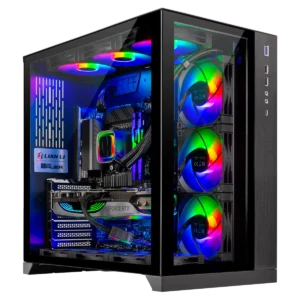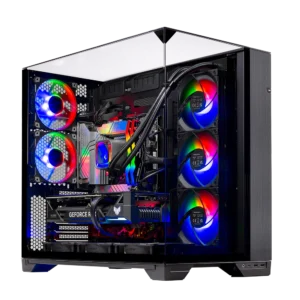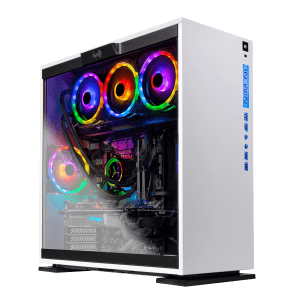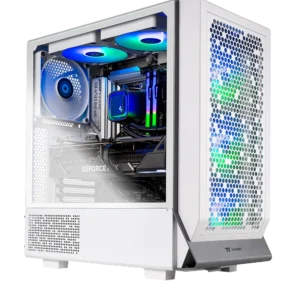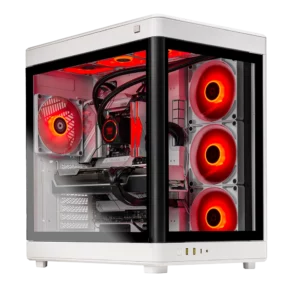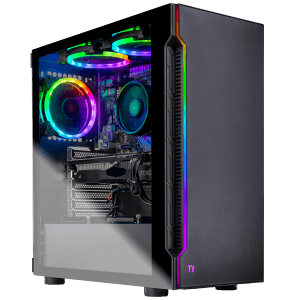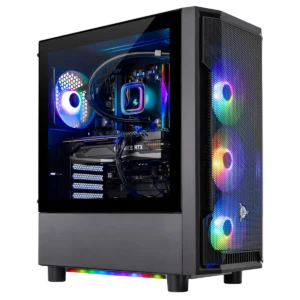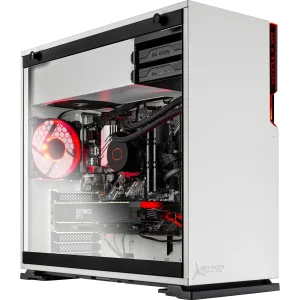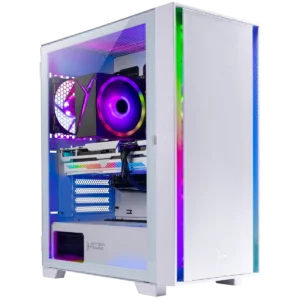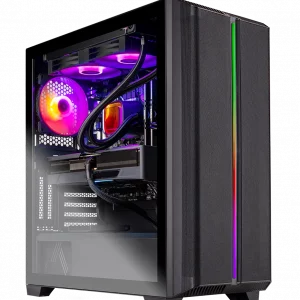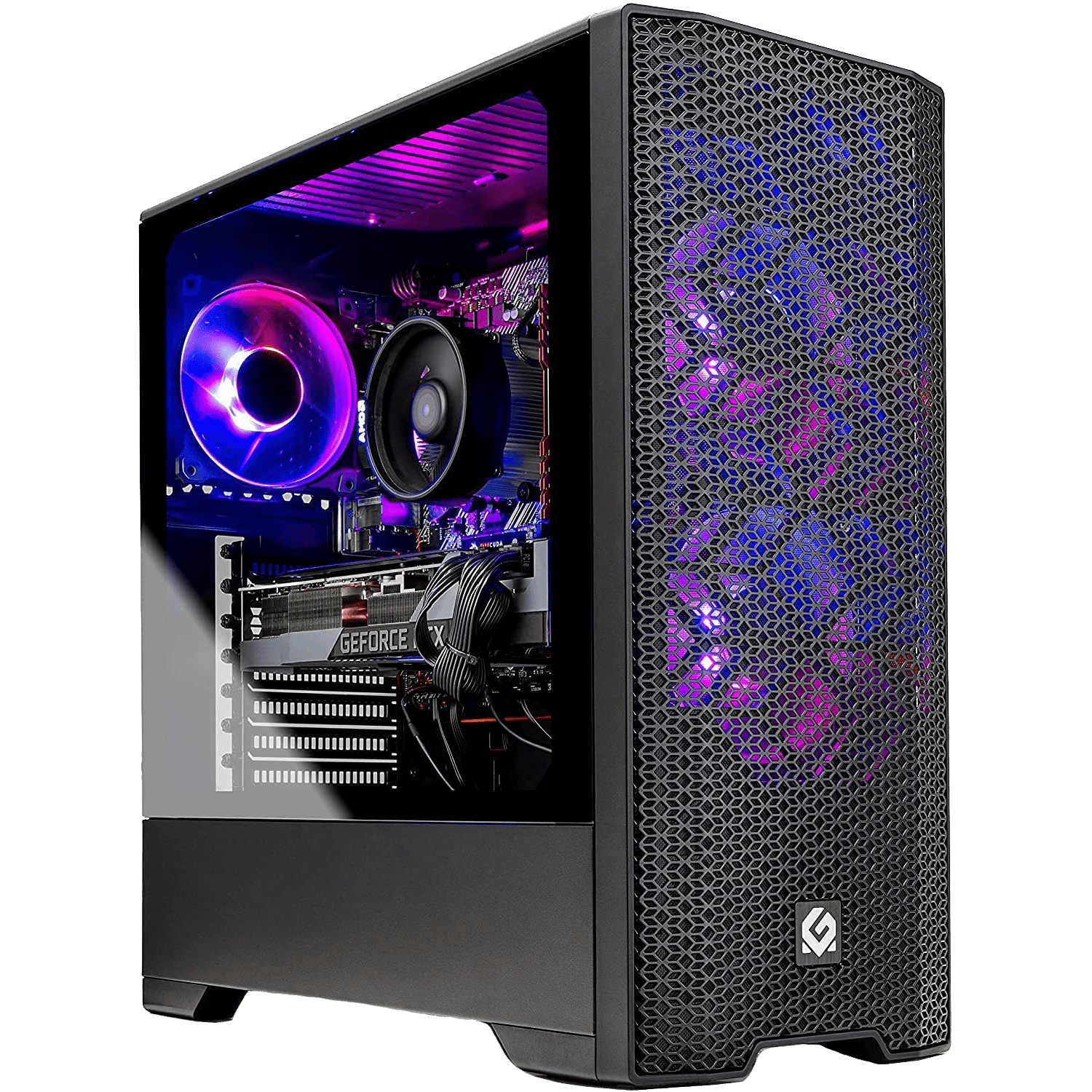Evolution Of Desktop Computer To Gaming PCs
The conventional desktop computer has gone significant changes over the years with cutting-edge components, faster speeds, and a refocused emphasis on specializations.
In the past, the idea of a “gaming PC” was unheard of as games themselves were a specialized niche. However, with more and more time passing by and these devices growing in stature, the gaming world has started welcoming a new-age of innovations.
This article will take a deeper dive into how gaming PCs have come to life in recent years and will continue to become prominent for the upcoming generation of gamers.
The Beginning (The 1960s)
It all began during the 60s when a certain glimmer of hope arise with regards to playing games on a PC. It all started with a title named “Spacewar,” which was crafted by MIT students. The sole premise behind Spacewar was to look for the opponent’s spaceship and try to destroy it. This was simple enough for most people to understand as soon as they look at the gameplay.
When this was created, the actual setup was overwhelming with a large-sized device sitting in the middle of the room taking up quite a bit of space. For Spacewar to work as designed, it ran through a PDP-1 mainframe, which was built around the idea of running specific calculations. Spacewar was the first step towards showing the real-life potential of technology as entertainment in this form.
It was sometime during the late 60s when HP decided it was time to release what was termed as the HP 2116. It was supposed to be one of the fastest machines on the planet at the time and it was also listed as the company’s best 16-bit minicomputer.
The idea was to innovate and establish a device under HP’s name that could then be utilized for all sorts of entertainment options.
Competitive Gaming (The 1970s)
Now things were moving along briskly and the brightest minds in America were starting to understand the power of this technology at its finest. This includes those who wanted to develop new forms of entertainment, which is when tournaments started to pop up in places such as Stanford University. The idea behind these tournaments was to use the technology as a way to bring people together and get them competitively playing against each other in small-sized tournaments.
A lot of new titles started to enter the market at this time even though they were not as popular among the masses.
Personal Computing (The 1980s)
This was a major launch forward for the industry as more and more people started understanding what this type of technology was all about. The 80s brought along with the idea of personal computing as released by IBM. They crafted an elite gaming machine that was noted for being a world-class option for those who wanted to play using something quick and detail-oriented.
Of course, at the time it was still developing and it was nowhere near what we see these days.
However, it was still trending towards something special that the average person could start using at their home without having to think about buying a larger house!
The titles that started to come out at the time were Microsoft Flight Simulator and even Microsoft Adventure. They were not as special as some of the others that are seen these days, but just the idea of having this option was incredible for the average person.
At the time, most people thought this type of solution was only for those who had entire labs to hold the devices in.
A New World of Hardware (The 1990s)
This is when games such as Wolfenstein 3D started impressing people and loads of titles were sold. It wasn’t just a fad at this point because the options were aplenty on the open market. Using a desktop computer for gaming was something people realized was a great way to have fun and this game just proved it to those who bought it.
While Wolfenstein 3D was a masterpiece in its own right, Doom kicked things up a notch even more during the 1990s.
Graphics Galore (The 2000s)
At this point, computing was just a part of life and it was something that was starting to make gamers eager for more and more. The graphics were incredible at this point and starting to take a hold on the average gamer across America and the world.
Games such as Counter-Strike were incredibly popular as first-person shooters and truly set things into motion for the rest of the industry.
New fans were made and people understood PC gaming wasn’t a joke any longer. It was the real deal and it was a completely new way to have fun.
This is when new components started flooding the market as a way to “optimize” the average PC for speed and performance.
Gaming PCs (The 2010s)
Now it was time for the industry to start appreciating what gamers wanted when it came to having fun. It wasn’t just about launching new titles, but also making sure there were entire devices built around this industry.
This meant speed, graphics, memory, and more all packed into one setup.
This also accompanied a long list of elite titles that launched to work well with these PCs. Companies such as Nvidia and RADEON started battling it out to up their graphics game.
Current Era
At this point, things are starting to progress rapidly every single day. Some of the world’s largest companies are battling it out to try to come up with innovating gaming-friendly devices, components, and solutions.
More and more developers are spending years creating world-class titles that have millions of followers around the planet.
This is not a small fish anymore and that means different optimized devices are also entering the market. People are starting to appreciate custom PC building and doing it on their own as well. The options are out there and it is becoming a niche that is specific to avid gamers.
It has gotten to the point where eSports are packing large arenas because people want to watch others play online. It is an incredible advancement in technology and how the audience receives this type of content.

